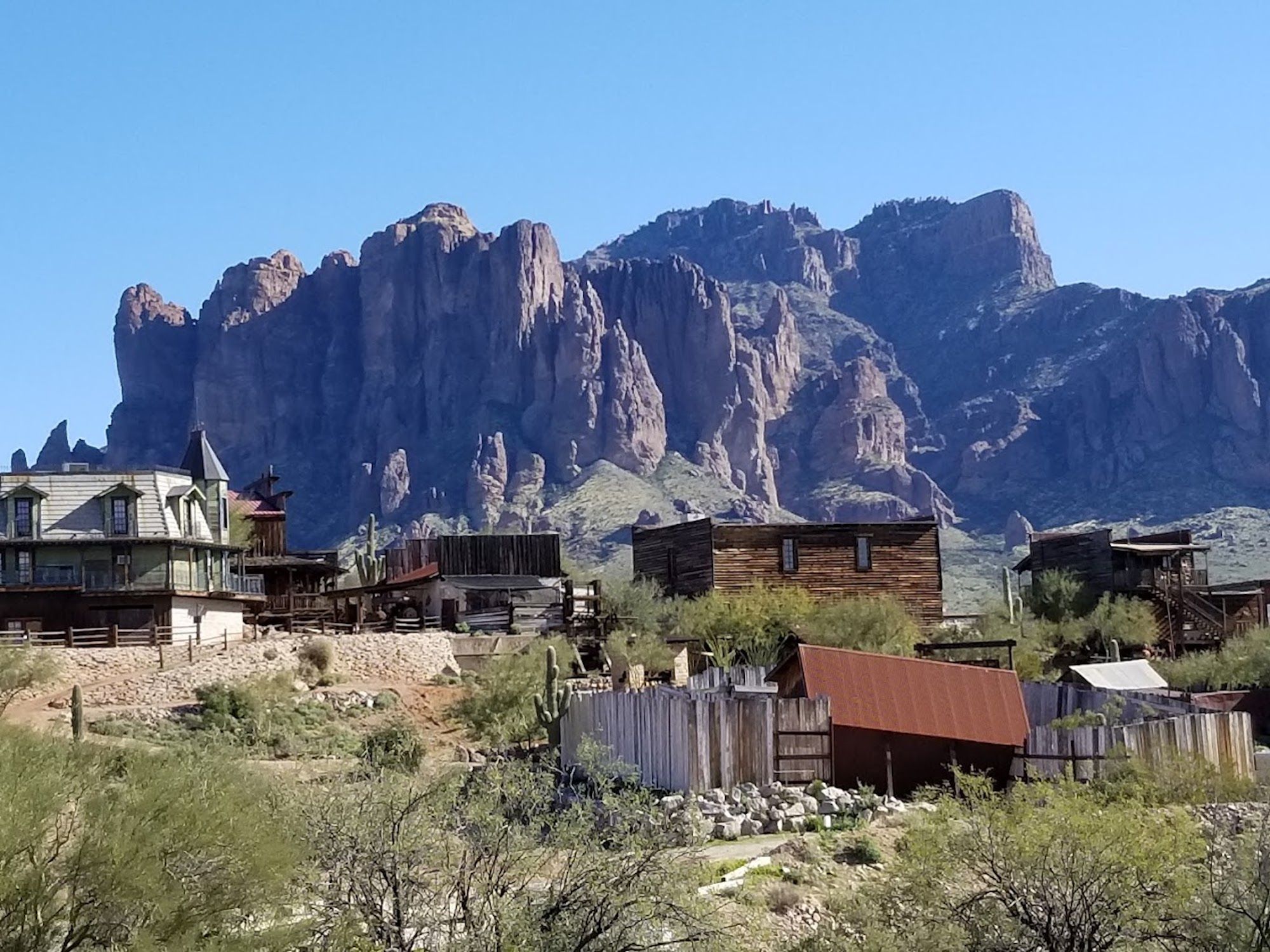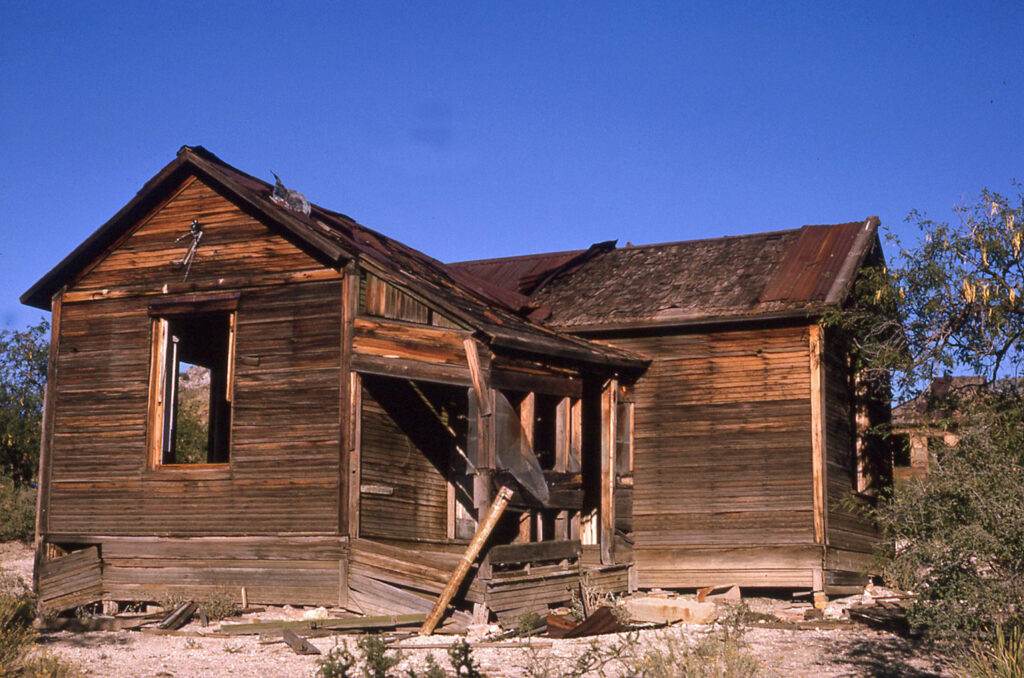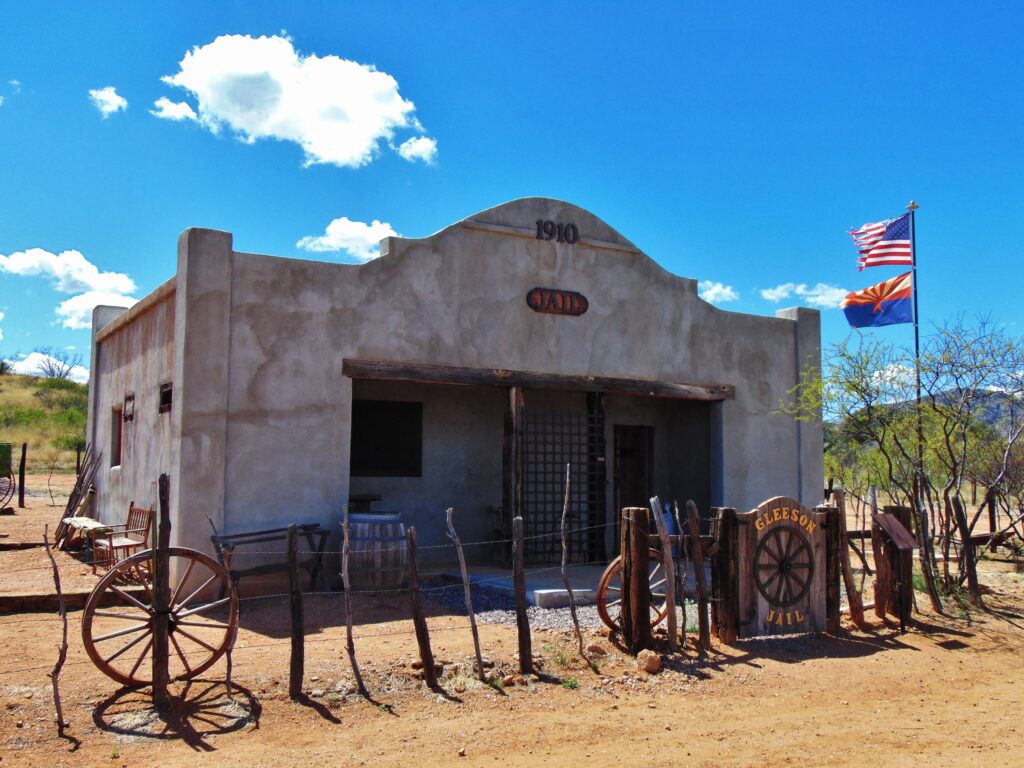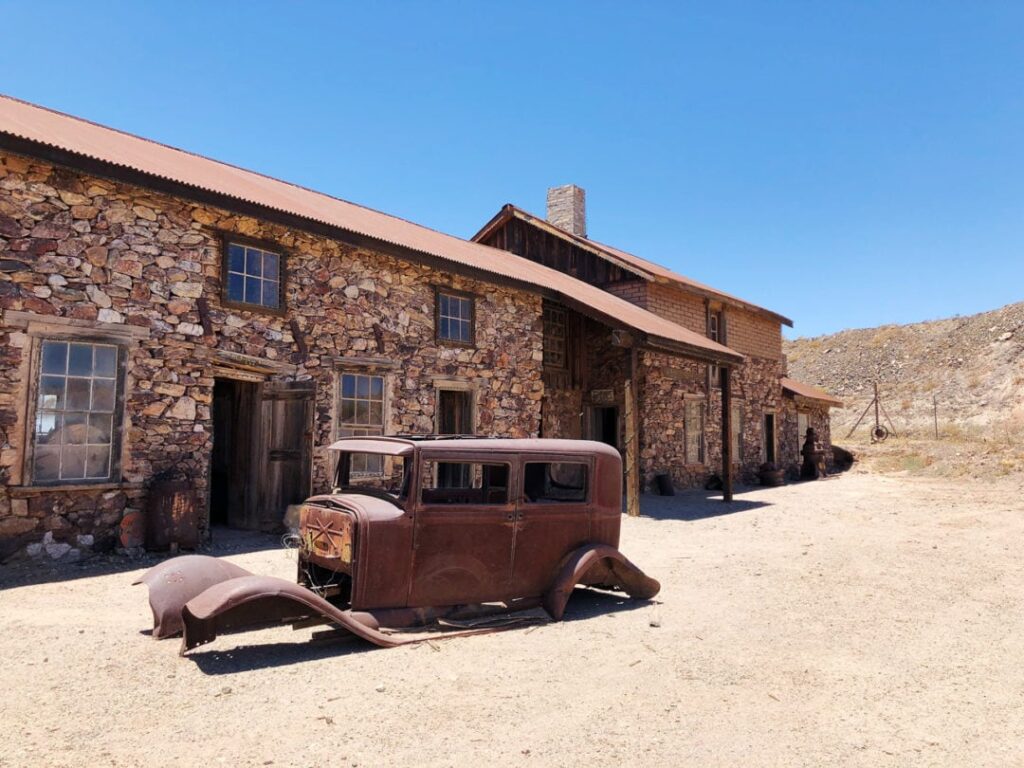We use cookies to help you navigate efficiently and perform certain functions. You will find detailed information about all cookies under each consent category below.
The cookies that are categorized as "Necessary" are stored on your browser as they are essential for enabling the basic functionalities of the site. ...
Necessary cookies are required to enable the basic features of this site, such as providing secure log-in or adjusting your consent preferences. These cookies do not store any personally identifiable data.
Functional cookies help perform certain functionalities like sharing the content of the website on social media platforms, collecting feedback, and other third-party features.
Analytical cookies are used to understand how visitors interact with the website. These cookies help provide information on metrics such as the number of visitors, bounce rate, traffic source, etc.
Performance cookies are used to understand and analyze the key performance indexes of the website which helps in delivering a better user experience for the visitors.
Advertisement cookies are used to provide visitors with customized advertisements based on the pages you visited previously and to analyze the effectiveness of the ad campaigns.

The mining boom of the late 19th century saw the rise of dozens of small towns and settlements across the Arizona Territory. These later led to small communities and business ventures becoming established as Arizona moved into statehood and modernity, especially when Route 66 was opened. However, nothing lasts forever and many of these places were later abandoned. Today, they are creepy ghost towns in Arizona.
A ghost town is defined as an abandoned place with some structures still standing. There are so many that it wouldn’t be hard to find a few in any given area of the state!

Helvetia
There is not much left of Helvetia to see, simply a pair of foundation walls rising above a floor, the ruins of the smelter, and the cemetery. In the vicinity there are slag heaps and shafts from the mines. Although the town is gone, there are several homes in the immediate area that are still in use, including the Helvetia Ranch. Helvetia is located in the Santa Rita Mountains, north of Madera Canyon, at 31°51′28″N 110°47′17″W

Ruby
Ruby is a ghost town in Santa Cruz County, Arizona, United States. It was founded as a mining town in Bear Valley, originally named Montana Camp, so named because the miners were mining at the foot of Montana Peak. Between 1920 and 1922, the town of Ruby and the surroundings were the scene of three double homicides known as the Ruby Murders, which led to the largest manhunt in the history of the Southwest, which included the first airplane ever used in an Arizona manhunt.
Ruby’s attractions today include approximately 25 buildings under roof, including the jail and houses, the school, the playground, mine machinery, buildings and mine workings. Ruby is entirely on private property and there is a charge for admission to the site. 31°27′40″N 111°14′15″W

Fairbank
Fairbank is a ghost town in Cochise County, Arizona, next to the San Pedro River. First settled in 1881, Fairbank was the closest rail stop to nearby Tombstone, which made it an important location in the development of southeastern Arizona. The town was named for Chicago investor Nathaniel Kellogg Fairbank who partially financed the railroad, and was the founder of the Grand Central Mining Company, which had an interest in the silver mines in Tombstone. Today Fairbank is located within the San Pedro Riparian National Conservation Area.
By the mid-1970s Fairbank was all but deserted. The final remaining residents left when the buildings were deemed unsafe. After that, the post office closed, and the side roads became overgrown and largely impassable. Some years later, in 1986, the former Mexican Land Grant was acquired by the Bureau of Land Management (BLM) and the town was incorporated into the San Pedro Riparian NCA as the “Fairbank Historic Townsite”. What remains of the town of Fairbank is now open to the public.

Sasco
SASCO is a ghost town north of Tucson and just south of Picacho Peak. It was the smelter for the first Silverbell mine, which was 12 miles to the southwest and connected by rail. SASCO stands for Southern Arizona Smelter Company. It was a town of approximately 600 and boasted a post office, hotel, and a jail. The Southern Arizona Railroad ran from Red Rock to Silverbell, which also had a town of nearly 3000 from the 1860’s to the 1920’s. Only the cemetery is left.

Gleeson
Gleeson is a ghost town situated in southeastern Cochise County, Arizona, United States. It has an estimated elevation of 4,924 feet (1,501 m) above sea level. The town was first settled as Turquoise in the 1870s in what was then the Arizona Territory, then later re-established as Gleeson in 1900.
The Gleeson post office, established on October 15, 1900, supported a town of about 500 people engaged primarily in copper mining, including veins of lead, silver and zinc.
In 1912, 28 buildings burned to the ground and the town was rebuilt.

Alto
Alto is a ghost town in Santa Cruz County, Arizona, first settled in the early 1900s in what was then part of the Tyndall Mining District, east of Tubac in the Santa Rita Mountains. The town was originally named El Plomo, which is Spanish for “lead”, and was changed to Alto, meaning “high”, many years later, probably because the mines were located high up on a steep mountainside.
The adobe ruins of the Bond home and post office, which closed in 1933, are all that remains of Alto, apart from a small family cemetery and mine waste that was dumped over the mountainside

Vulture City
The Vulture Mine was a gold mine and settlement in Maricopa County, Arizona, United States. The mine began in 1863 and became the most productive gold mine in Arizona history. From 1863 to 1942, the mine produced 340,000 ounces of gold and 260,000 ounces of silver.
The history of Vulture City, the most significant ghost town in Arizona, reads like a dime store western novel, full of Apache raids and stagecoach robberies. Attempting to find any concrete truth buried in a never-ending stream of conflicting and inaccurate accounts feels a little like panning for flecks of gold in a nearly barren claim. The surviving structures there were not built to last as long as they have either, and, much like the city’s past itself, they are disappearing beneath desert’s shifting sands. The Vulture Mine, which necessitated the surrounding town, is the most profitable mine in the state’s history, having produced an estimated 340,000 ounces of gold and 240,000 ounces of silver. During its operations from 1863 to 1942 it has been said the mine generated anywhere from $30 million to $200 million (like many things related to it, there are nearly as many differing accounts as there are sources) and is directly responsible for the foundation of the nearby cities of Wickenburg and Phoenix – yet prosperity itself created violence, and the man who discovered the mine ultimately wound up destitute and ended his own life.

Goldfield
This is a great place to visit if you like your ghost towns ‘whole’.
Back in the 1890′s Goldfield boasted 3 saloons, a boarding house, general store, blacksmith shop, brewery, meat market and a school house. Just when it looked like the town would outgrow Mesa, the vein faulted, the grade of ore dropped and the town died a slow painful death.
After several unsuccessful attempts to reopen the mines, the town did come to life again from 1910 on and off until 1926. After more than 115 years, travelers from all over the world still visit this gold mining town located on the historic Apache Trail and enjoy the excitement and grandeur of Arizona’s wild west!